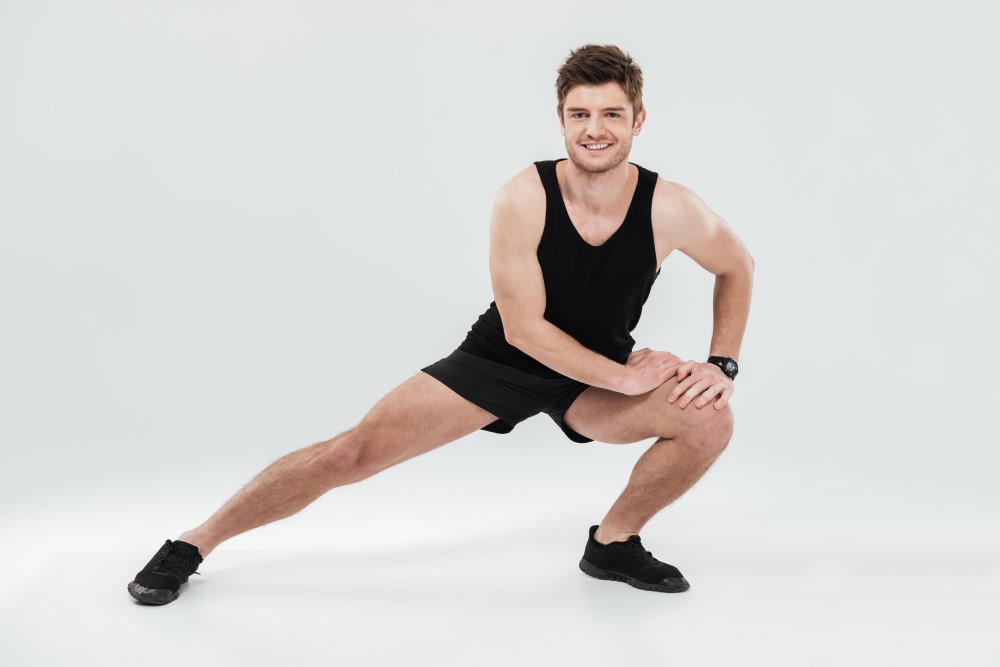Understanding Neurotypes and how they affect your workouts
Bodybuilding is a complex discipline that usually requires a combination of strength training, nutrition, supplementation and mental focus. One often overlooked aspect is the role of neurotypes, which play a very important role in determining how individuals respond to different training methods. Understanding neurotypes can help people better program their workouts for maximum efficiency and results.
“Neurotypes” refer to the unique neural patterns and characteristics that influence an individual’s behavior, preferences, and responses to different stimuli. These patterns are the result of a mix between genetics, environment, and personal experiences. For bodybuilding, understanding neurotypes allows trainers or yourself to design workouts that align with an individual’s neurological profile.
Traditionally, neurotypes are divided into 4 different categories, each with their own characteristics and most suitable training approaches:
Type 1: High stress tolerance
- Characteristics: Type 1 individuals have a high tolerance for stress. They thrive in high-intensity, fast-paced environments and can handle heavy workloads without becoming overwhelmed.
- Training approach: Intense, fast-paced workouts with short rest intervals work well for Type 1 individuals. Incorporating techniques like supersets, drop sets, and high-intensity interval training (HIIT) can be particularly effective.
Type 2A: High reward sensitivity
- Characteristics: Type 2A individuals are highly motivated by rewards and achievements. They respond well to structured routines and are driven by visible progress.
- Training approach: Emphasize progressive overload and structured routines. Tracking progress and setting clear goals are crucial for Type 2A individuals. Periodization models like linear or undulating periodization can be effective.
Type 2B: Low reward sensitivity
- Characteristics: Type 2B individuals are less motivated by external rewards and are more internally driven. They thrive on variety and novelty in their workouts.
- Training approach: Incorporate a diverse range of exercises and training modalities to keep Type 2B individuals engaged. Implementing techniques like complex training and emphasizing skill acquisition can be beneficial.
Type 3: High arousal threshold
- Characteristics: Type 3 individuals have a high arousal threshold, meaning they require more stimulation to reach a state of peak performance. They excel in low-intensity, focused environments.
- Training approach: Slow, controlled movements with a focus on mind-muscle connection are effective for Type 3 individuals. Techniques like tempo training and isometric holds can be beneficial.
As such, understanding an individual’s neurotype can guide the selection of exercises, training volume, intensity, and rest periods. For example, here are some good rules of thumb for the different neurotypes:
- Type 1: High-intensity, fast-paced workouts with minimal rest intervals. Focus on compound movements like squats, deadlifts, and bench presses.
- Type 2A: Structured routines with a clear progression plan. Incorporate techniques like pyramid sets and emphasize consistent tracking of progress.
- Type 2B: Varied and dynamic workouts with a mix of strength, power, and agility exercises. Implement techniques like circuit training and incorporate new movements regularly.
- Type 3: Slow, deliberate movements with a strong emphasis on mind-muscle connection. Use techniques like eccentric training and isometric contractions/holds.
Incorporating neurotype-specific training strategies into bodybuilding routines can lead to more efficient and effective workouts. However, it’s important to note that these are general guidelines and individual variations will always exist. Observing and adapting based on an individual’s responses is crucial for long-term success. Perhaps the most difficult part of applying neurotypes to your workouts is finding out your own, but once you do after experimenting a little bit, you’re in for unlocking your true potential and maximizing your results.









